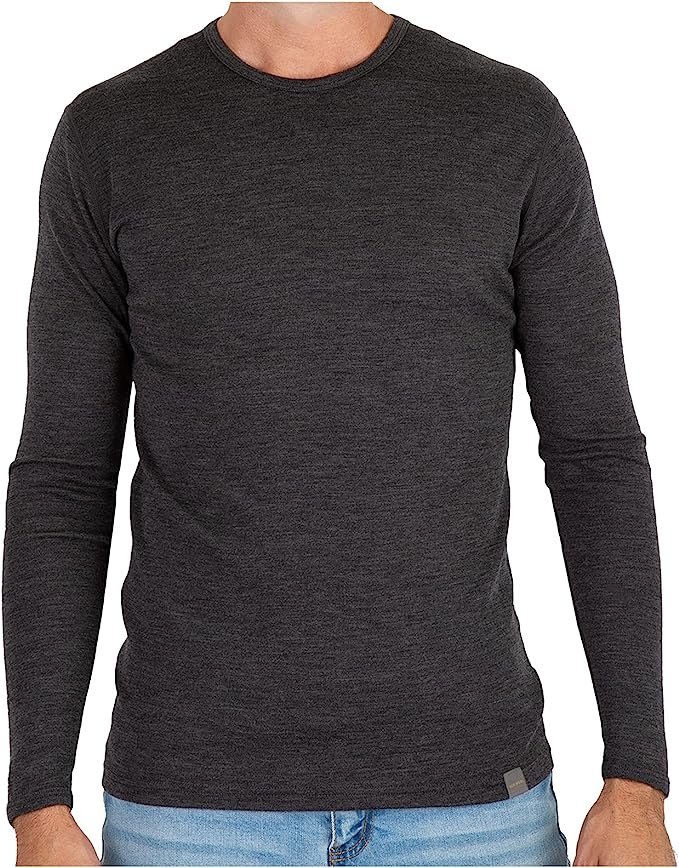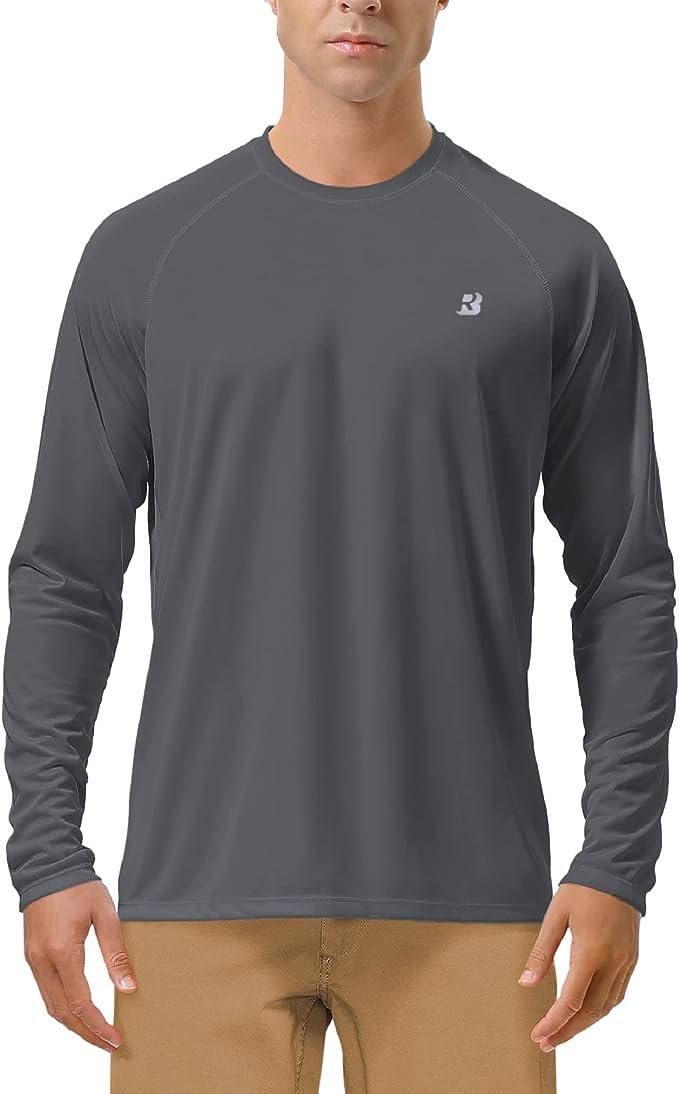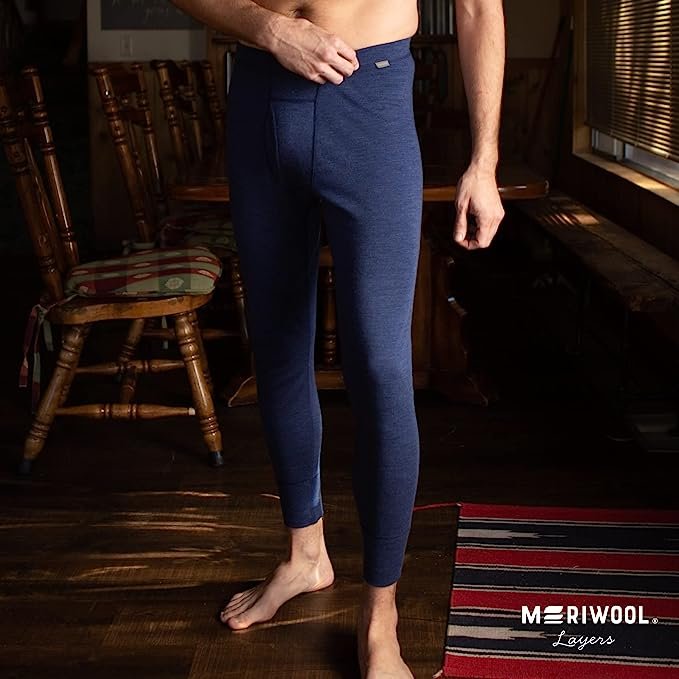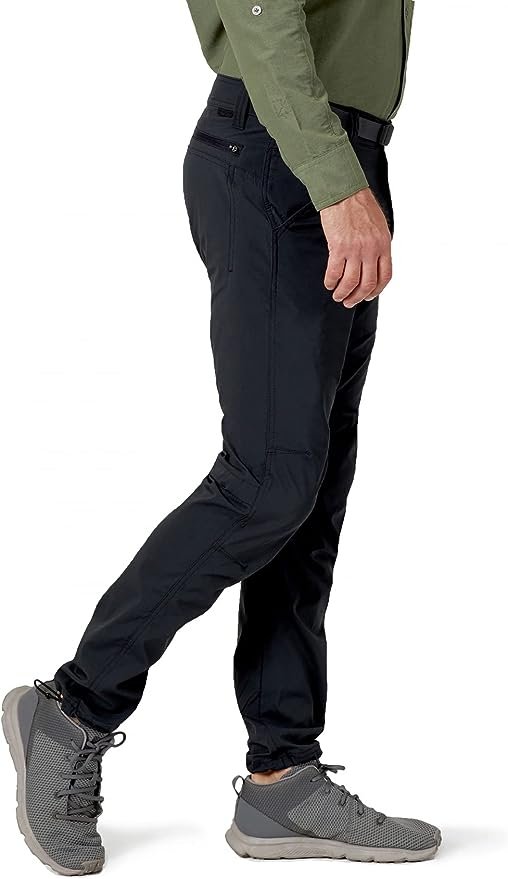When it comes to choosing the right clothing for your hiking adventures, the material of your apparel plays a crucial role in determining your comfort, performance, and overall experience. Here, we will dive deep into the comparison of two popular choices: Merino wool and synthetic fabrics. Whether you’re a seasoned hiker or a beginner, understanding the differences between these materials will help you make an informed decision for your next hiking apparel purchase.
Note: Some of the links here are affiliate links. There’s NO additional cost for you, but it does help our team to earn some coffee money to help write more tips for your next adventure.
1. Breathability and Moisture Management
One of the most important factors to consider when hiking is the ability of your clothing to keep you dry and comfortable. Merino wool, known for its natural moisture-wicking properties, excels in regulating body temperature and wicking away sweat from your skin. It allows your body to breathe, preventing overheating and keeping you cool in warm weather. On the other hand, synthetic fabrics like polyester and nylon are designed to wick moisture away from your body, but they may not have the same level of breathability as Merino wool.
2. Odor Control
Hiking often involves long hours of physical activity, which can lead to unpleasant odors clinging to your clothes. Merino wool has natural antimicrobial properties, meaning it can resist the growth of bacteria that cause odor. This makes it an excellent choice for multi-day trips where you may not have access to laundry facilities. Synthetic fabrics, while moisture-wicking, tend to retain odors more than Merino wool, requiring more frequent washing.

3. Insulation and Temperature Regulation
Hiking trails can expose you to varying weather conditions, from scorching heat to chilly winds. Merino wool excels in providing excellent insulation, even when wet. It retains warmth and keeps you cozy in cold weather, making it ideal for fall or winter hikes. Synthetic fabrics, on the other hand, may not offer the same level of insulation and can feel clammy when wet, which can be uncomfortable in colder temperatures.
4. Durability and Performance
Hiking apparel needs to withstand rugged terrains, constant movement, and the wear and tear of outdoor activities. Synthetic fabrics are generally more durable, resistant to abrasion, and have better stretch and recovery properties compared to Merino wool. They are designed to withstand harsh conditions and retain their shape, making them a popular choice among hikers. However, Merino wool has come a long way in terms of durability, and many brands offer blends of Merino wool and synthetic fibers, combining the best of both worlds.
5. Affordability
Synthetic fabrics are generally more affordable than Merino wool in hiking apparel. Materials like polyester and nylon are cheaper to produce, making them a budget-friendly choice for hikers. These fabrics are widely available and often come at a lower price compared to the natural and premium fiber of Merino wool. While Merino wool offers benefits like temperature regulation and odor resistance, it is more expensive due to production costs. For hikers looking for affordable options without sacrificing performance, synthetic fabrics offer a cost-effective solution that can withstand outdoor adventures.

6. Lightweight Performance
Synthetic fabrics outperform Merino wool in terms of lightweight performance for hiking apparel. Polyester and nylon, both synthetic materials, are naturally lighter, making them a perfect option for hikers who want to reduce pack weight and enhance mobility on the trails. Despite being lightweight, these fabrics are still durable enough to withstand rugged terrains and constant movement. Although Merino wool has seen improvements in durability, it generally weighs more than synthetic alternatives.
7. Environmental Impact
As hikers and outdoor enthusiasts, it’s important to consider the environmental impact of the materials we choose. Merino wool is a natural, renewable, and biodegradable fiber. It is sourced from Merino sheep, which are shorn annually, causing no harm to the animals. Synthetic fabrics, on the other hand, are derived from petroleum-based products and are not biodegradable. They also have a larger carbon footprint during the manufacturing process. If sustainability is a priority for you, Merino wool may be the preferred choice.
The Bottom Line
Choosing the right hiking apparel is essential for a comfortable and enjoyable outdoor experience. Both Merino wool and synthetic fabrics have their own advantages and considerations, depending on your needs and preferences. Merino wool offers excellent breathability, odor control, and insulation, while synthetic fabrics provide durability and performance. Consider your hiking conditions, personal preferences, and environmental concerns when selecting your hiking apparel. Ultimately, the choice between Merino wool and synthetic fabrics comes down to finding the perfect balance between functionality, comfort, and sustainability for your hiking adventures.













